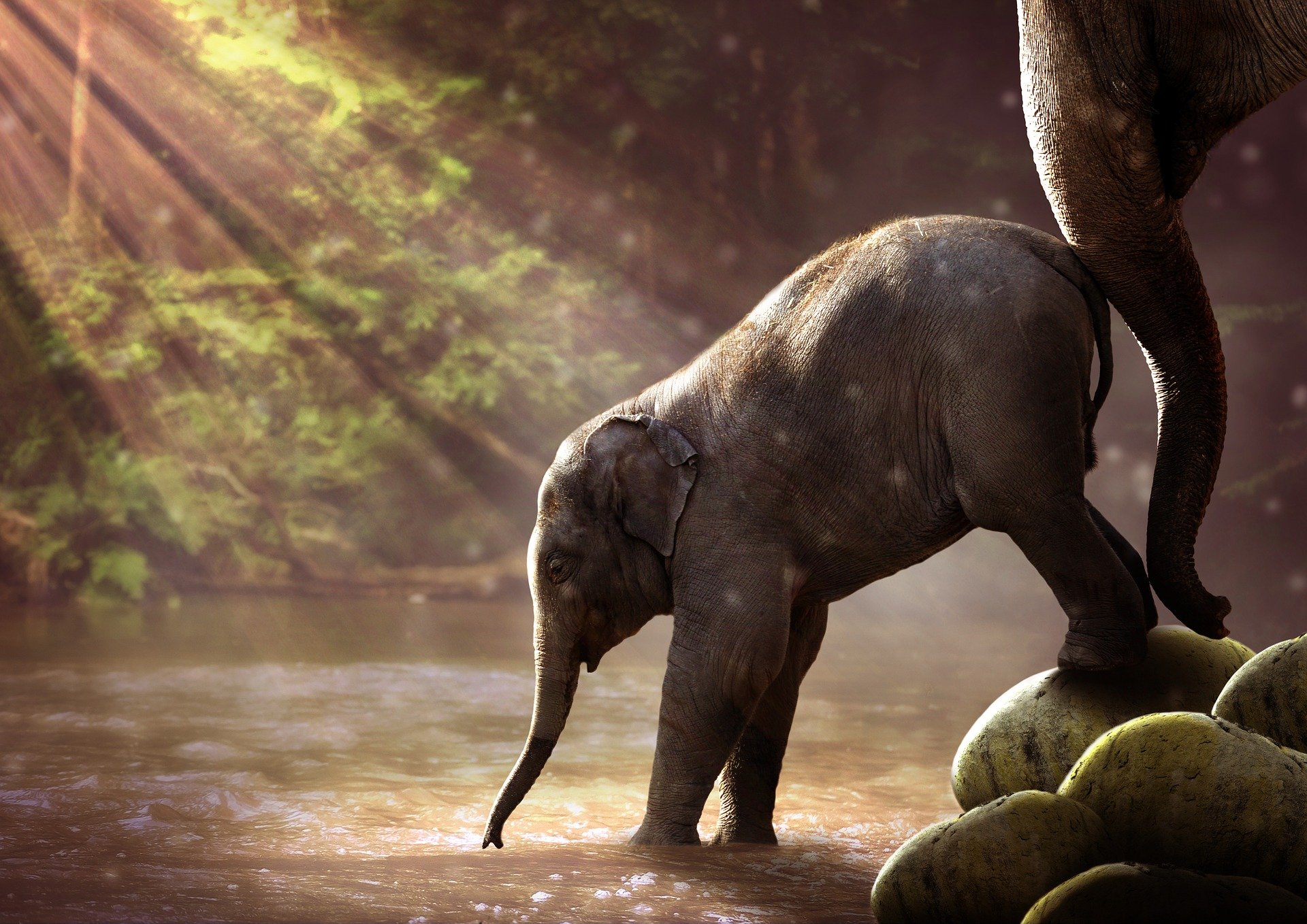Briefly analysed
Last year’s Sustainable Futures Academy brought together students, creatives and researchers to develop projects on sustainability. What made it special: It wasn’t clear what the final outcome would be. This required trust and an atmosphere where different opinions were welcome. All participants felt equal and were enthusiastic. The academy’s open-ended process is also useful for many other public engagement projects. It has a more sustainable effect.
Process Without guidelines, but with a lot of trust, great outputs emerged during the Sustainable Futures Academy. How the open-ended project worked and why it is a model for the public engagement sector – find out here.
Just try something new! That’s easy to say. In practice, this approach requires above all courage and trust. Anna Ross from grasshopper kreativ and Alina Loth from the Berlin School of Public Engagement and Open Science have both. They organized the Sustainable Futures Academy a year ago in November 2020. We want to look back. The special thing about the project is: it wasn’t clear what the outcome would be.
All on one level
The idea of the Sustainable Futures Academy: students, professionals from research and the creative sector work together digitally at eye level. Sustainability is a concern for everyone. That is the common incentive that is sufficient to participate. Setting a goal is therefore no longer necessary. The output developed by itself in the course of the week – or rather by the participants. They were so enthusiastic that not much had to be prescribed. An atmosphere of mutual trust was necessary. Anna and Alina created this through people who supported the group.
Psychological Safety
People need security when they get involved in something new. According to Amy Edmondson and her concept of Psychological Safety, people need to be convinced that they can perform their actions safely. Open and honest feedback must be possible. Mistakes are allowed and part of the learning process. The people of the Sustainable Futures Academy had such qualities. They trusted each other and were open to new perspectives.
With this approach, everyone felt equal. Everyone was able to contribute their own ideas. A virtual exhibition of different formats was created. One group developed a game, others wrote poems or recorded sounds from the environment. During the academy, all participants continued to develop. Some discovered their hidden potential, for example, that of an excellent poetry writer.
Engaging with new things together
Usually, the goals of an academy are set at the beginning – such as improving one’s communication skills. At the Sustainable Futures Academy, an open-ended attitude characterized the process from the beginning. The participants did not learn fewer skills. On the contrary, through the shared courage to engage in the academy, each person had the opportunity to develop independently.
One reason why this worked so well is that each participant – whether professional or student – was seen as a full person with expertise. This attitude is desirable in public engagement projects in general. Organizers dare far too little or are not inspired by other projects. Worst of all, citizens are seen as people who lack knowledge. Of course, they are not experts in certain scientific topics, and yet they have expertise. An exchange at eye level – like at the Sustainable Futures Academy – is truly sustainable in the long run.
Sources:
 Photo: Pixaby
Photo: Pixaby